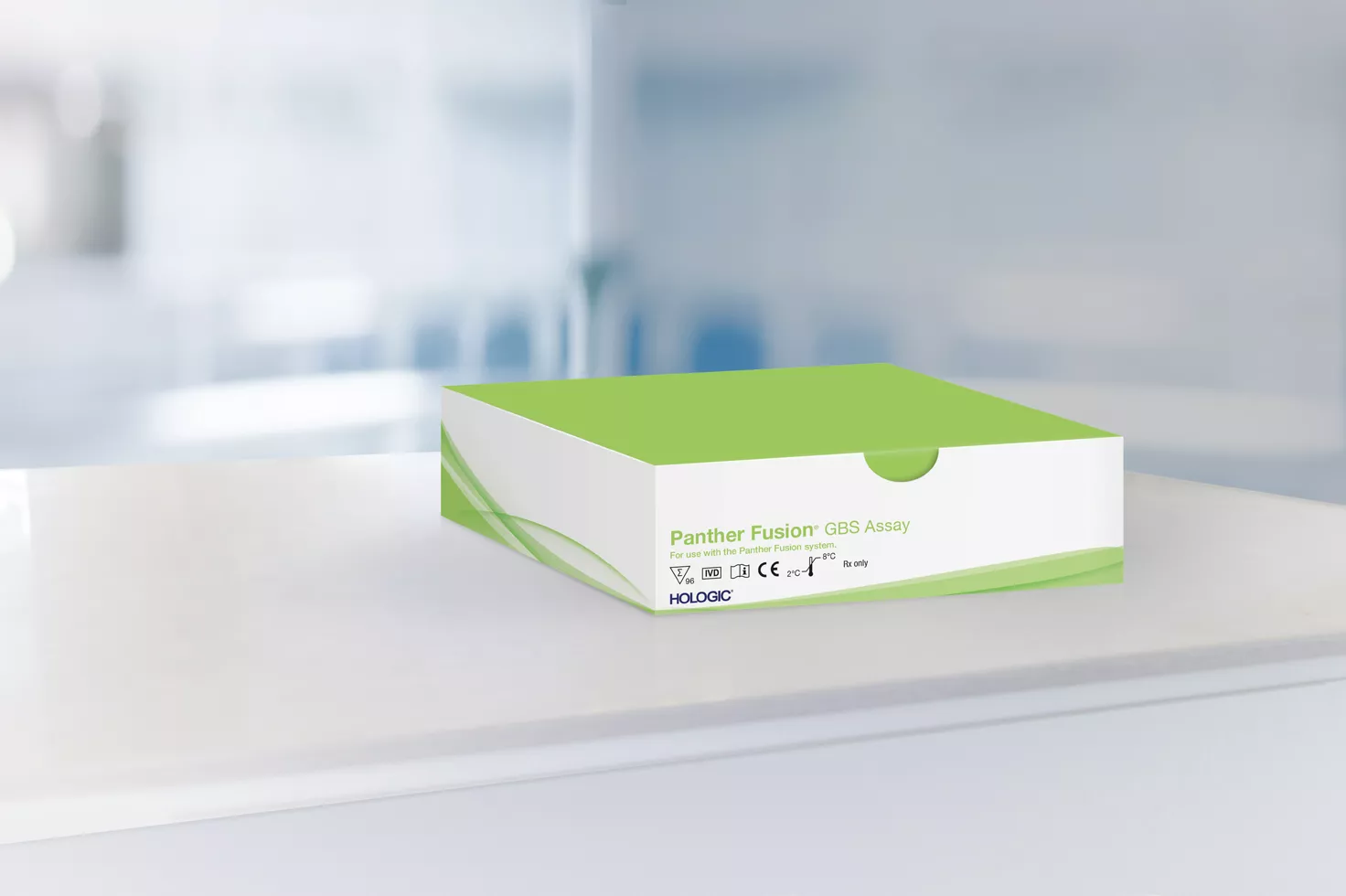See the Complete Picture with PCR NAAT for Group B Strep

Every year in July, the international Group B Streptococcus (GBS) awareness month brings attention to a condition that impacts 18% of women globally.1 This month of recognition is an opportunity for discussion; however, healthcare professionals should remain vigilant all year.
Untreated GBS can cause maternal and fetal disease as well as early-onset neonatal disease (EOD) in infants.2 Thanks to screening, mortality in the US from EOD has fallen steeply in the past 50 years but there is still work to be done.3
Are you seeing the complete picture with GBS screening?
Historically, detecting GBS colonization has been culture-based screening of expecting mothers prior to giving birth. This screening method has demonstrated a low sensitivity of 53 to 71%.4,5 A large percentage (81%) of neonates who develop EOD are born from mothers with a falsely negative GBS screen by culture.6 False negative results may lead to missed critical preventative treatment, allowing GBS transmission from mother to child.
Have you considered nucleic acid amplification testing (NAAT) as a more sensitive alternative to
culture-based screening for GBS detection?7,8
The Proven and Effective NAAT-based Panther Fusion® GBS assay
The Panther Fusion GBS assay is a real-time PCR in vitro diagnostic test cleared for the qualitative detection of GBS DNA. After an enrichment step (18 to 24 hour incubation in selective enrichment broth), the sample is tested on a sample-to-result instrument, automating DNA extraction, reagent preparation, nucleic acid amplification, and detection. Automation, difficult to achieve with culture-based approaches, transforms laboratory workflows and enables GBS detection.9 Dual-target detection of the cfb and sip genes on the Panther Fusion GBS assay detects 31% more positives than culture-based.8,10
Streamlined workflow
For laboratories using other Aptima® and Panther Fusion® assays for women's health, virology,
respiratory and sexually transmitted infections, here is an opportunity to expand testing to
include GBS assays on the same platform.
Automation reduces reagent waste and operator error. Automated NAATs free technicians from
hands-on culture plate preparation while ready-to-use reagents and non-batch workflow further
reduce manual labor. The highly efficient Panther Fusion® system can process over 1,000 results in a 24-hour period.
With the Panther Fusion system and the Panther Fusion GBS assay, eliminate transcription errors that can be associated with more manual methods such as culture. Results are communicated via a bidirectional LIS interface with a time-to-first result of 2.4 hours. NAAT detection of GBS offers you the chance to significantly improve sensitivity while improving efficiency and labor costs.11
Improved newborn health
Compared to standard culture, the use of real-time PCR NAATs increases the sensitivity of screening, reducing the number of false negatives and decreasing the time-to-result.11 Yet, today, approximately 81% of laboratories do not use NAAT.11 You can obtain a more complete picture of EOD risk with highly sensitive and automated NAAT. Incorporating the Panther Fusion system and the Panther Fusion GBS assay into your laboratory workflow will provide more women access to essential and timely detection of GBS—and the best chance to prevent transmission of the bacteria to their newborns.


